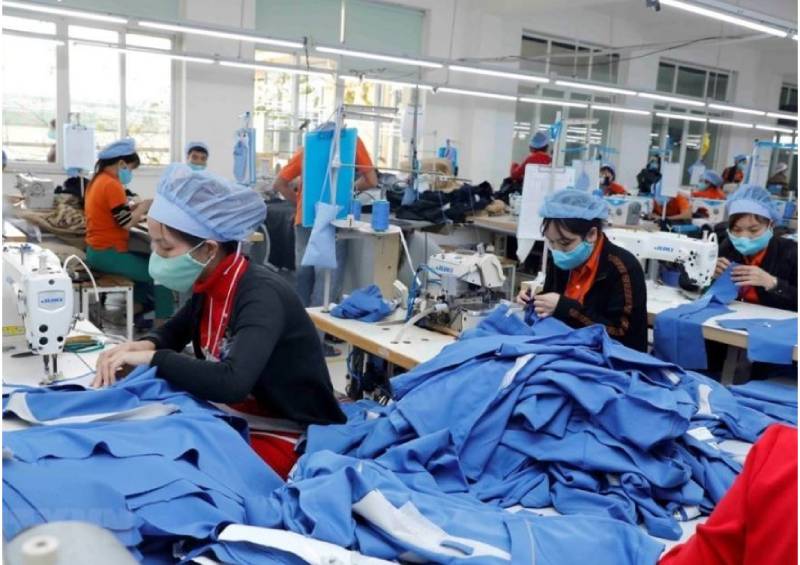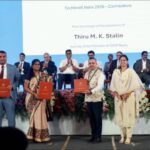Vietnamese Garment Sector Lags Competitors In Turning Green

Although global orders for Vietnamese apparels has improved since the start of this year, experts aver that the industry is slower in going green when compared with its competitor Bangladesh.
For example, Bangladesh has up to 153 garment factories which have bagged LEED certifications and there are 500 more factories which have applied for this certification.
According to a representative of the Vietnam Textile and Apparel Association (VITAS) Vietnam has signed a Free Trade Agreement (FTA) with 53 countries.
“Going green has become more important when competing with other countries in 104 export markets, primarily those of the EU and the US,” he added
However, new generation FTAs also pose challenges as green growth requirements become increasingly strict.
More than 80 percent of Vietnamese small and medium-sized enterprises lack investment capital to convert to green production to achieve certificates such as LEED.
“Especially, in the context of major markets like the EU tightening environmental protection standards, green transformation becomes more urgent than ever,” the VITAS representative added.
“One of the important evaluation categories of LEED green building certification is conserving energies like electricity in the clothing factory,” Vu Linh Quang, Architect and Managing Director of Ardor Green said.
Quang quoted Nha Be Garment Corporation which has replaced the traditional TL5 bulbs at its two production workshops with LED tubes.
“Along with turning green to a certain extent, the factory has been able to save on recurring energy costs,” Quang stated.
According to Khong Tien Thuc, Manager at Nha Be Garment, using 14.7 watt Philips LED bulbs instead of traditional TL5 lamps helped the company save about 22 percent of electricity consumption.














